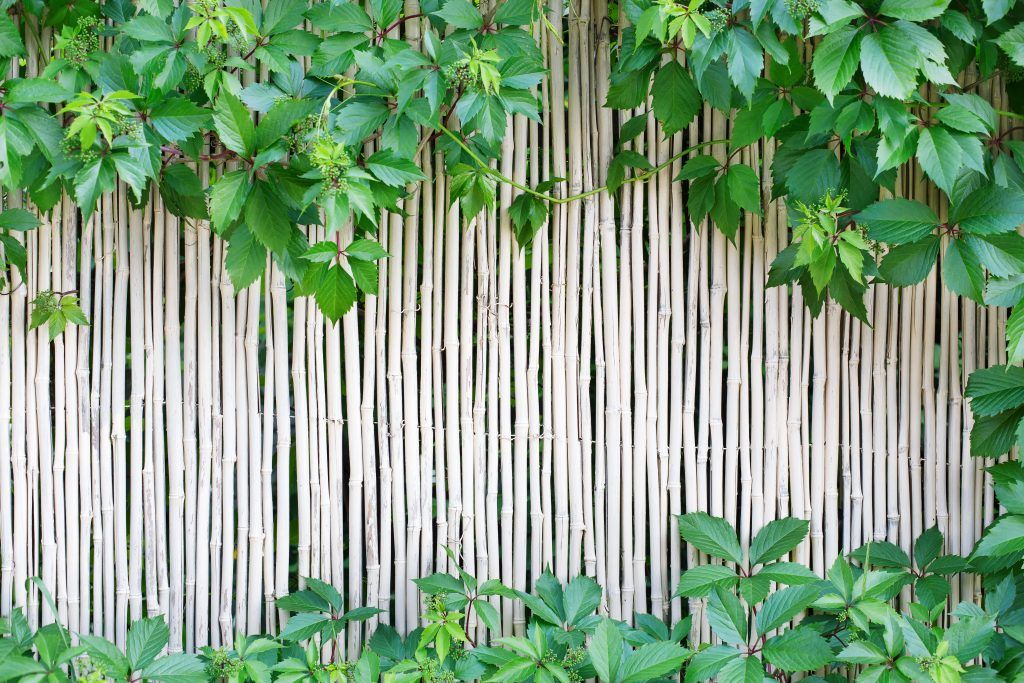Now that spring has sprung, gardeners are gearing up for the growing season. Whether you manage a large garden with several varieties of crops, or keep things small and contained, gardening can be beneficial to your physical health. This activity decreases stress, and helps the green-thumbed, and newbie gardener, by moderating their emotional wellness. Avid gardeners can harvest a bountiful gathering of the freshest organic foods which are rich in nutrients.
The Difference between Cultivars and Varieties
In the gardening world, the terms cultivar, and seed varieties, are often used interchangeably. However, while there are some similarities between the two, there are significant distinctions. Both the cultivar name, and varietal name, appear as the scientific name of the specific plant. The biggest difference is that a cultivar is a variety that is cultivated by humans, though some do occur naturally as mutations. Cultivating a new plant, also called a hybrid, is done in an effort to obtain the most desirable traits from each plant, all combined into one. The newest cultivars are disease-resistant, and can withstand extreme temperatures, even drought, making them ideal for many soil and climate conditions.
Protecting Your Plants
With cultivars, there is no need for pesticides, or non-organic fertilizers. However, as beneficial as new cultivars are, they are still just as appealing to deer, and other wildlife. Now, more than ever, it’s vitally important to take the steps to protect seedlings and crops.
Deer fencing, from reputable sources like deerfencing.com, is mesh and invisible, making it difficult for deer to see or even jump over. This protects crops from being trampled, dug up, or eaten. The fencing is also earth-friendly, and will last for 25 years. It’s the smart choice for those who are intent on safeguarding their plants.
The Newest Plant Cultivars
Gardeners get overly excited, every year, in anticipation of the arrival of new cultivars. They are eager to see how the plants will grow, and what they can produce. Some additions to the 2021 cultivar lineup include:
- Goldilocks – Acorn Squash
- Chard & Beet – Microgreens
- Echalion Crème Brulee – Shallot
- Siam – Tomato
- Red Cloud – Tatsoi
- On Deck – Corn
- Red Marble – Cipollini Storage Onion
- Unagi – Cucumber
- Pot-a-peno – Pepper
Learn About Garden Design & Layout
There are a few things to take into consideration when it comes to the placement of your plants. First, put your contemplated planting strategy down on paper, having researched how much space each plant needs, to be able to grow and thrive, as well as, sunlight factors, and drainage. If the designated area in the planting bed is too small and confining, or is lacks sufficient space for sunlight and moisture to be evenly distributed, it will restrict the plants ability to grow, and will be harmful to their maturation.
Avoid planting flora and fauna too close to one another. Close proximity may be harmful for their growth, and impactive on their overall appearance, creating an overview which is not aesthetically pleasing. Do your research, and learn the best spacing, light, moisture, and soil properties, for the plants you are placing gently into the earth, with great expectations for a beautiful and bountiful garden.
Learn How to Sow Seeds Properly
If you’re uncertain where the seeds you are planting have come from, don’t expect an amazing, over abundant crop. Sow only quality seeds, procured from a trusted source, such as a friend who is a proficient gardener, or a reliable garden center, offering well-known brands.
Remember that cold water slows down the germination process. When you water the tiny seeds, use warm water only. Once the sprouting of tender budding leaves has begun, learn how to handle them with extra special care.
Grow Your Garden & Your Knowledge
Gardening is one of those hobbies that requires continuous education. With new tools, cultivars, and research being presented, all of the time, the avid gardener will want to be informed about: the newest trends, soil enhancements, earth-friendly products, and planting methodologies, which are beneficial and available to improve the experience. Consider these educational avenues:
- Read gardening blogs
- Read gardening books
- Visit botanical gardens
- Attend a class at an academic institution
- Join a gardening club
- Start your own gardening blog, and welcome others’ comments and ideas
A Word on Water
The Earth is a diverse place, with rainforests, deserts, tundra’s, and mountains. Having adapted to this diversity, plants have their own special requirements when it comes to sunlight, water, soil, and various nutrients. Not providing enough water to certain plants can kill them, and the same can be said for overwatering. Learn the ins and outs of your garden plants, what they require, and the best watering techniques to keep them healthy.
All in all, improving your gardening skills will help you feel more connected with nature, and in control of the health and wellbeing of the seedlings, and plants you have cultivated. Consider earth-friendly, deer fencing to help safeguard the exciting new cultivars you have planted in your garden, and watch for an amazing, bountiful harvest.




















